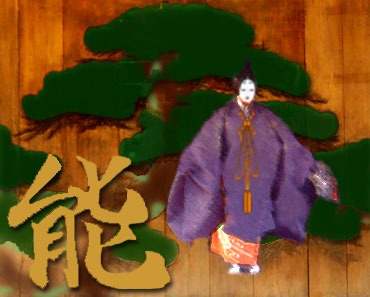
Utsuroi
These subtle changes are sensed, first of all, visually. The mountains shift in color; spring greenery appears, flowers bloom. Then we hear the voices of the cicadas or the cuckoo, or the whispering of a mountain stream. But there is also a sense of the seasons that cannot be perceived by the eyes or ears alone, one that is brought to us in large part by the movements of the wind. This is the sense that Fujiwara no Toshiyuki captures in this poem from the Kokinshū: “Though it is not clear to the eye that autumn has arrived, I find myself surprised by the sound of the wind” (Aki kinu to me ni wa sayaka ni mienedomo kaze no oto ni zo odorokarenuru). The wind heralds the seasons.
The word utsuroi comes from utsu, which means empty, hollow, or void. A number of words derive from or relate to this root: utsuro (empty, hollow), utsubo (quiver for arrows), utsuru and utsusu (intransitive and transitive forms of verbs that carry a host of different meanings depending on context and the kanji used to write them, as discussed below), utsusemi or utsushimi (this mortal world and its inhabitants), utsuwa (vessel or container), and others. The verbs utsuru and utsusu are particularly important because they refer to concepts as disparate as moving, shifting, or passing; transferring, copying, or recording; and projecting or reflecting─all of which share the same root. This makes for a remarkable associative network of images.


